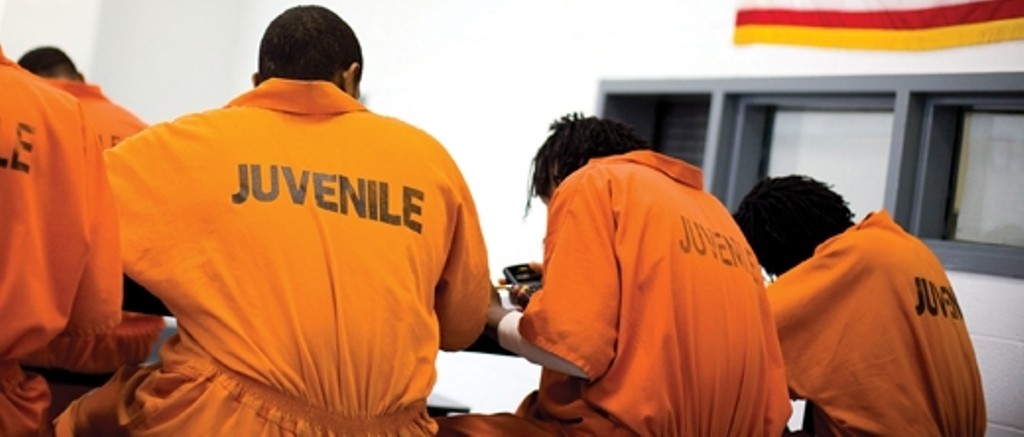The school-to-prison pipeline is an undeniable problem. The question urban schools now face is how to block this pipeline and instead induce positive life outcomes for students.
“Enhancing Educators’ Capacity to Stop the School-to-Prison Pipeline” (“EC”)22 discusses how educators can affect the pathways of a student’s life in several ways, namely through their relationships with students, their expectations and sense of responsibility, the conditions they construct for learning, and their responses to student behavior. “Turning off the School-to-Prison-Pipeline” (“TS”)23 is about disciplinary policies in schools such as zero-tolerance policies. It suggests stopping the school-to-prison-pipeline by eliminating these zero-tolerance policies, building culturally sensitive school systems, enlisting the community to help, and engaging the youth.
Both articles detail current problems in schools and then propose potential solutions to these problems that are being worked on. “EC” suggests several ways to gain positive teacher-student relationships, greater social and emotional competence amongst teachers, better conditions for learning, and more productive approaches to discipline. All of these things help shut down the school-to-prison pipeline. One suggestion provided in “EC” lies in the recruitment of teachers of color. There are several factors that prompt this response. Students of color are more affected by the pipeline overall. Teachers and students of the same race can more easily relate to each other and understand each other. Additionally, due to the disproportionately low number of teachers in schools and the emerging research that “teachers of color are more effective with students of color in promoting student academic achievement than their white counterparts,” (440) “EC” suggests that more teachers of color need to be recruited and hired. This is difficult, but the article includes the idea of “grow-your-own” programs that attempt to engage students of color in higher education and in teaching as a profession. In general, districts must promote more effective comprehensive recruitment of teachers of all backgrounds to reach all of their students effectively.

“TS” focuses more explicitly on disciple, especially on zero tolerance policies. The author, Harry Wilson, states that removal and exclusion from school have become the norm in terms of these policies. In response to the problem of the pipeline, which is enhanced by these kinds of policies, there are four suggestions that Wilson puts forth. He believes that zero tolerance policies that “seek to exclude students from our schools and the education process” (pp. 52) need to be eliminated. He also states that there ought to be new training in schools to create more positive, open environments to prevent exclusion. Community involvement can “eliminate the pipeline” (pp. 52) by supporting students and schools. Finally, youth themselves can provide a powerful voice to “advocate for the elimination of zero tolerance policies” (pp. 52) by sharing their experiences with unfair disciplinary action. He argues that these strategies put the needs of the students as the focus of the schools.
Both articles put forward ways to counter the school-to-prison pipeline, and both focus on the necessity of helping students and putting them in comfortable climates that help them be successful. By acting in this way, and understanding student needs, schools can start to dismantle the pipeline.
Img:
22
